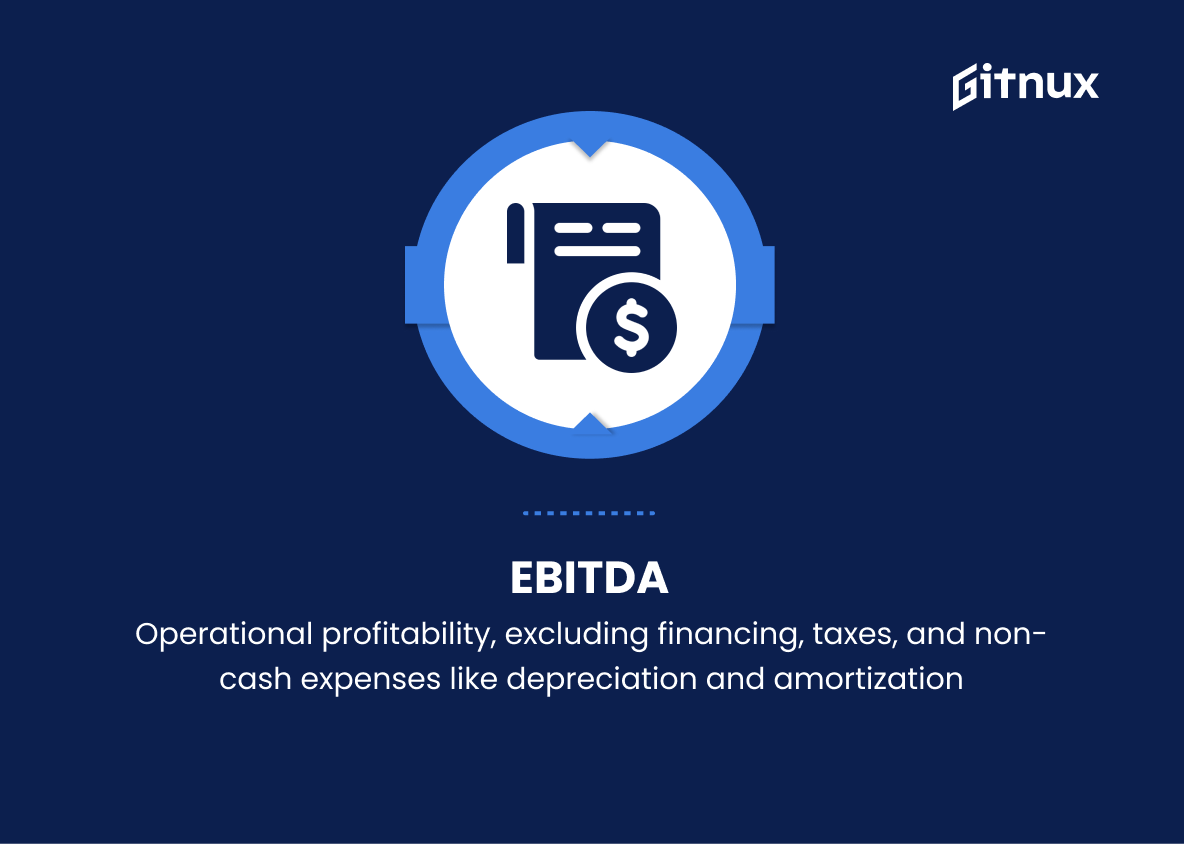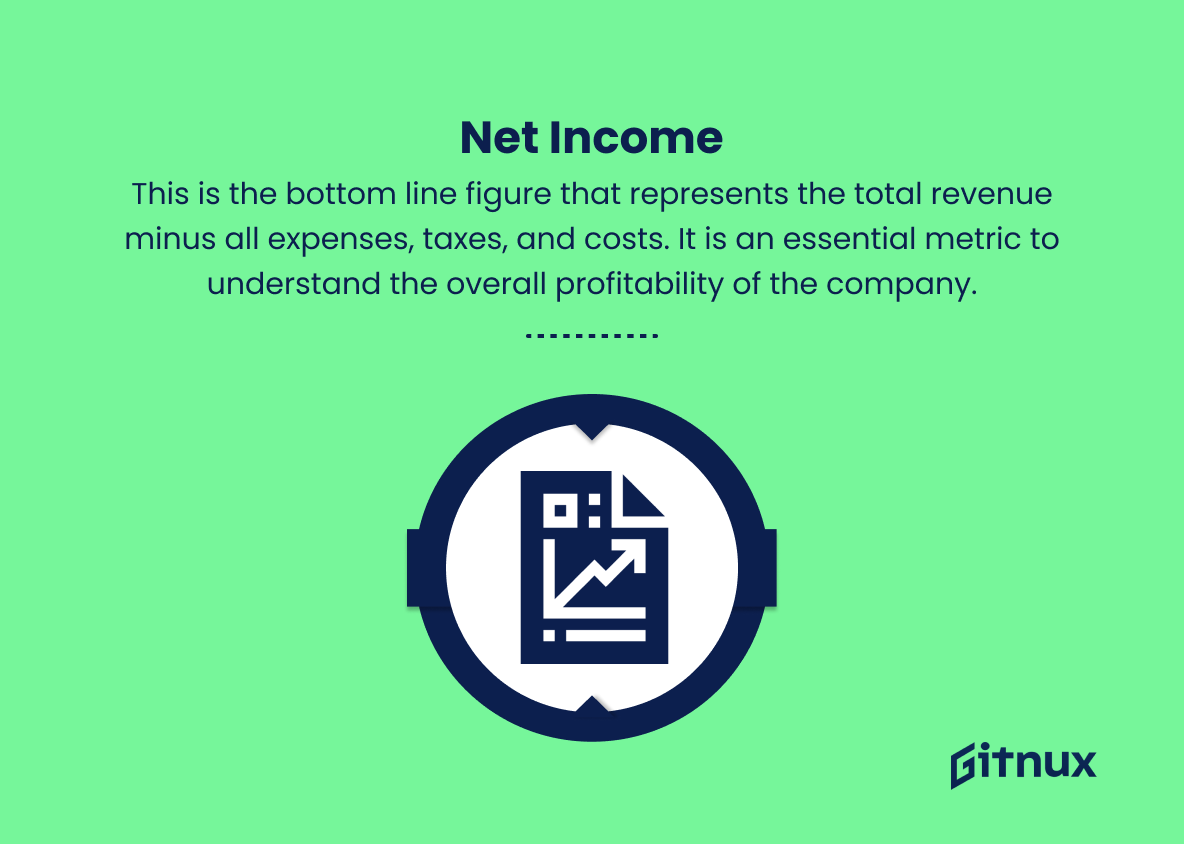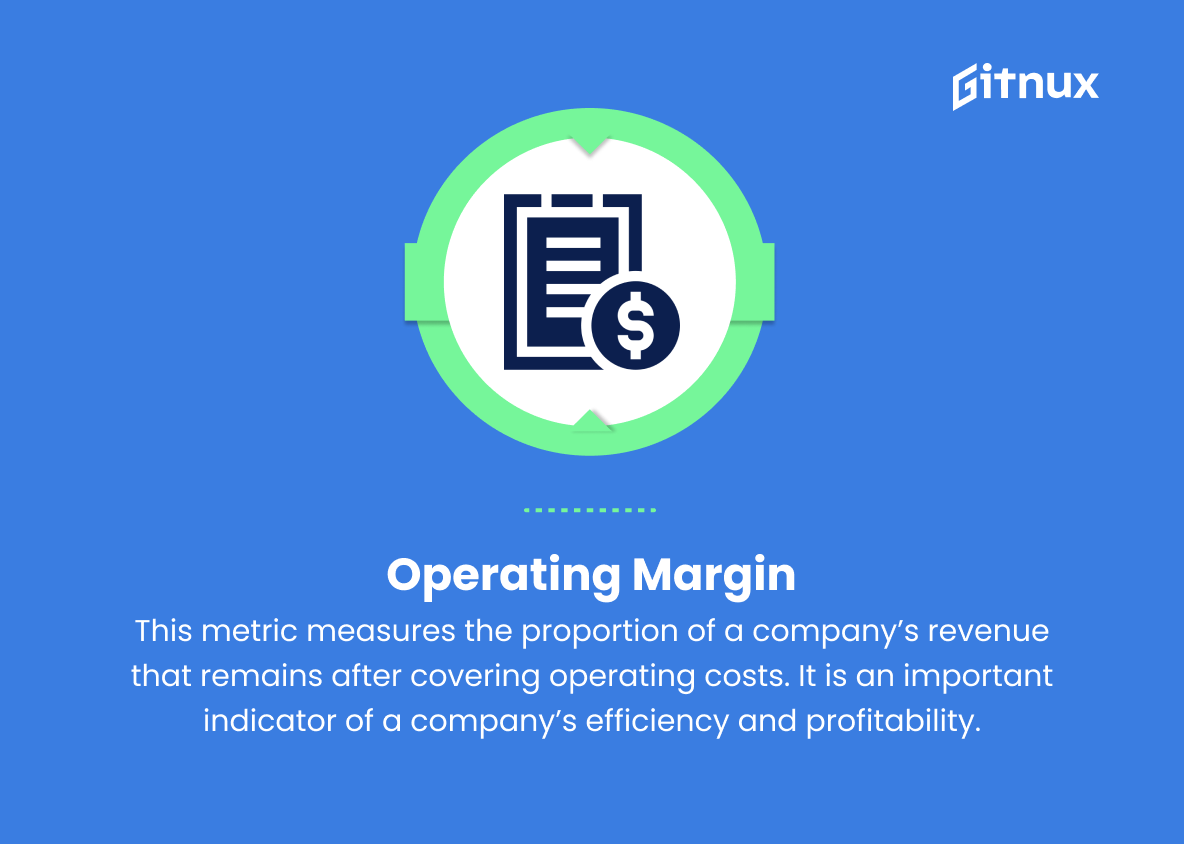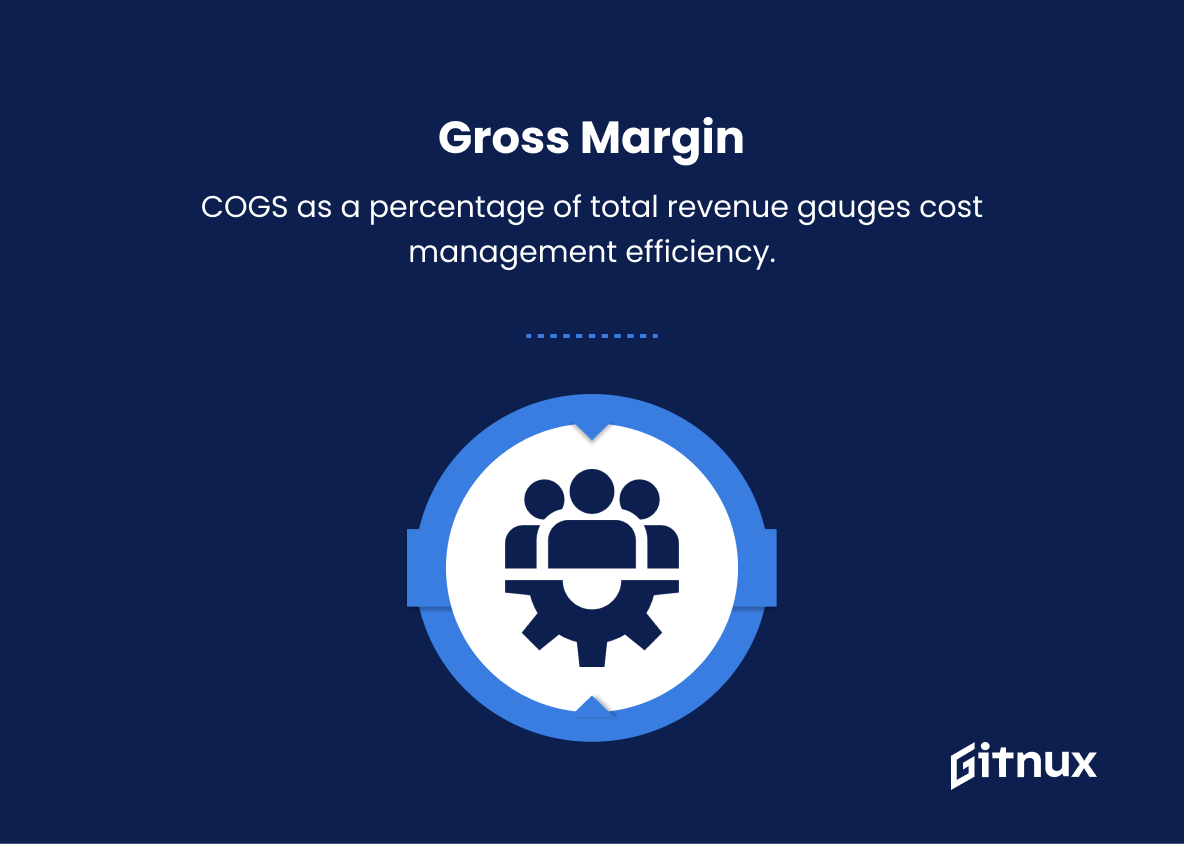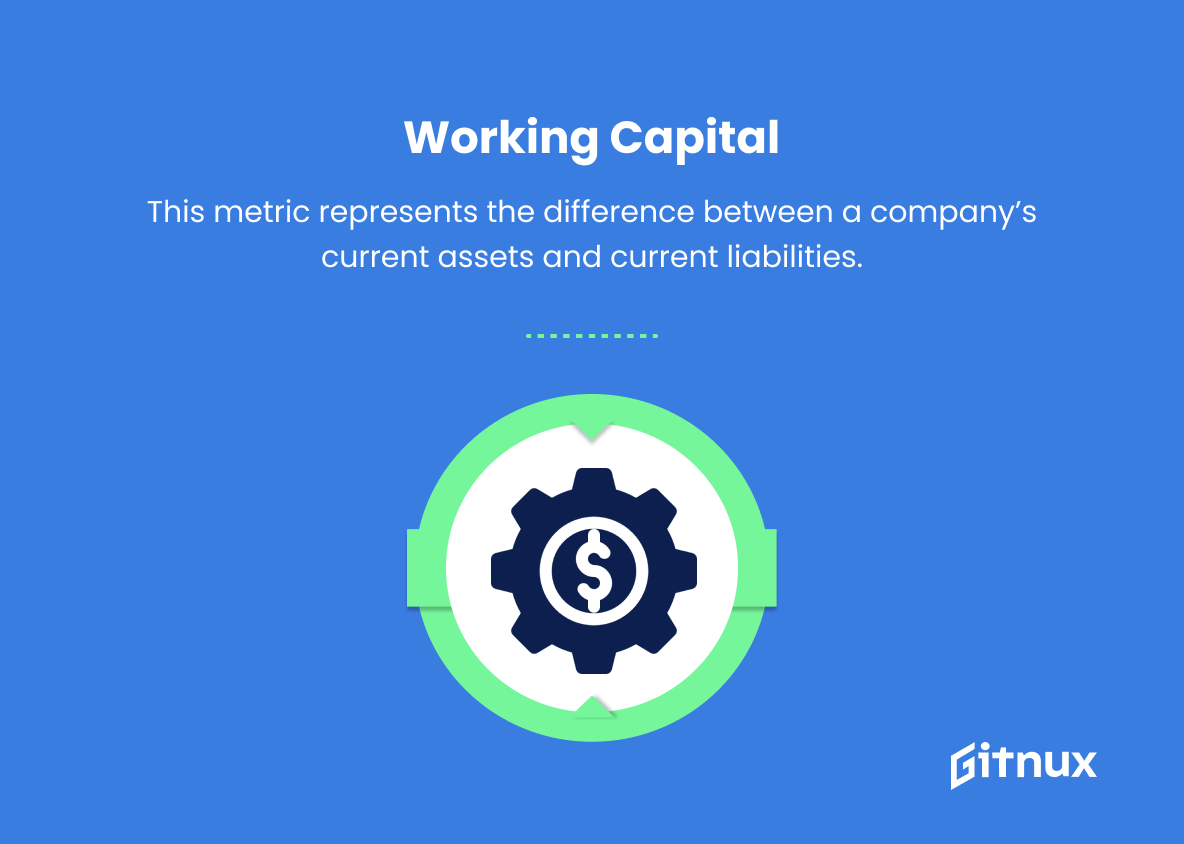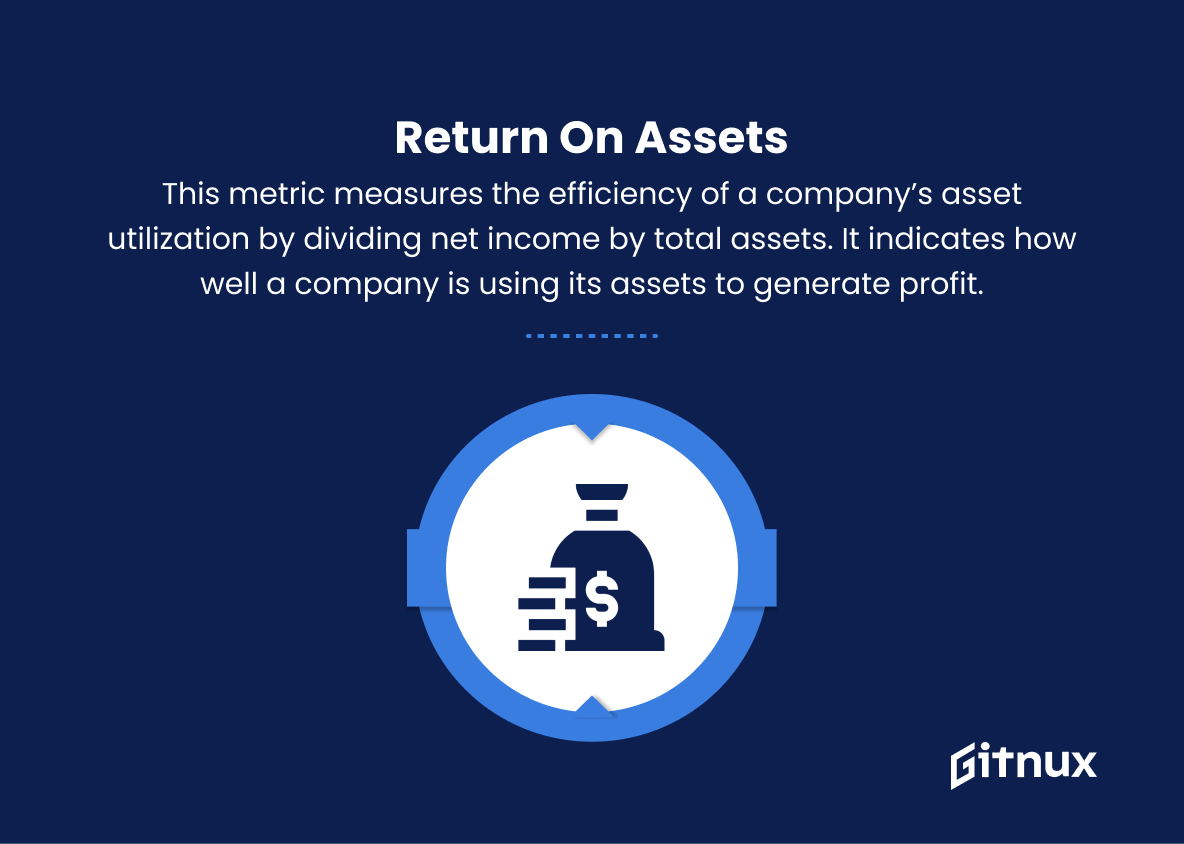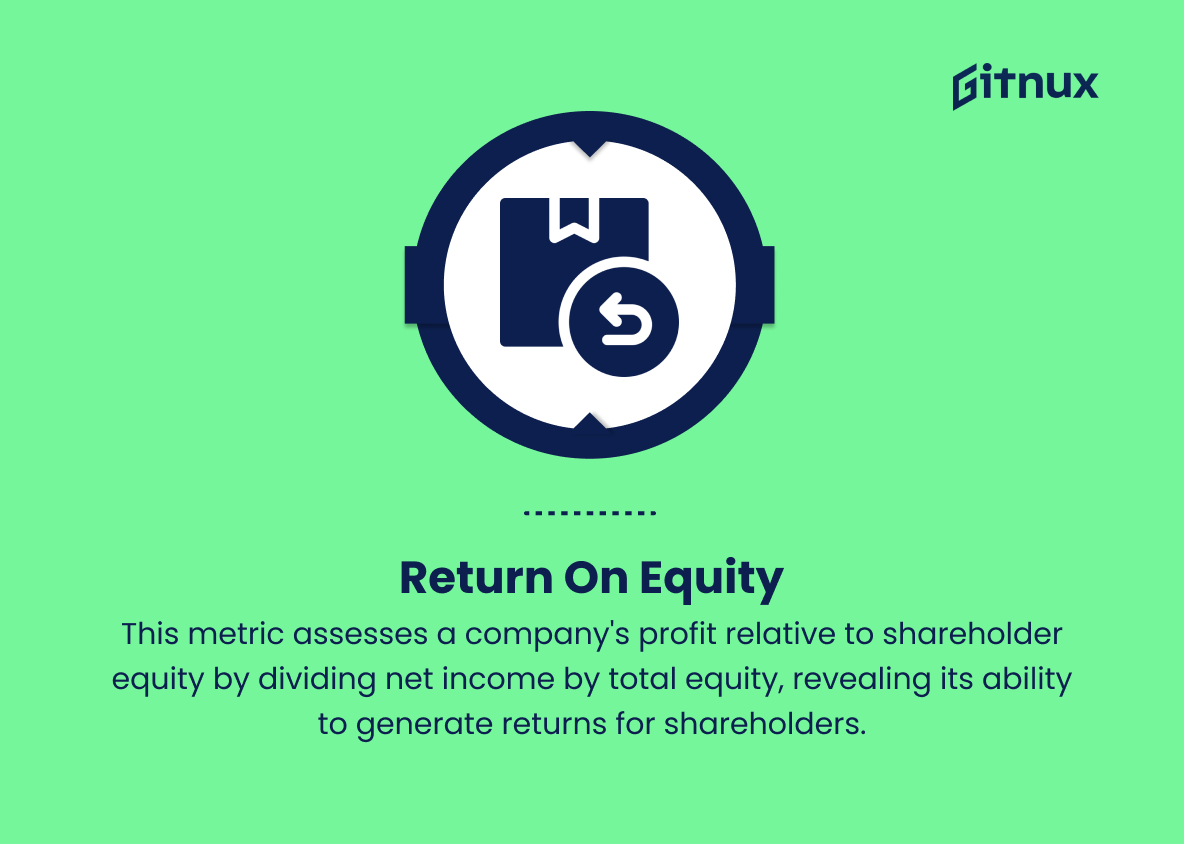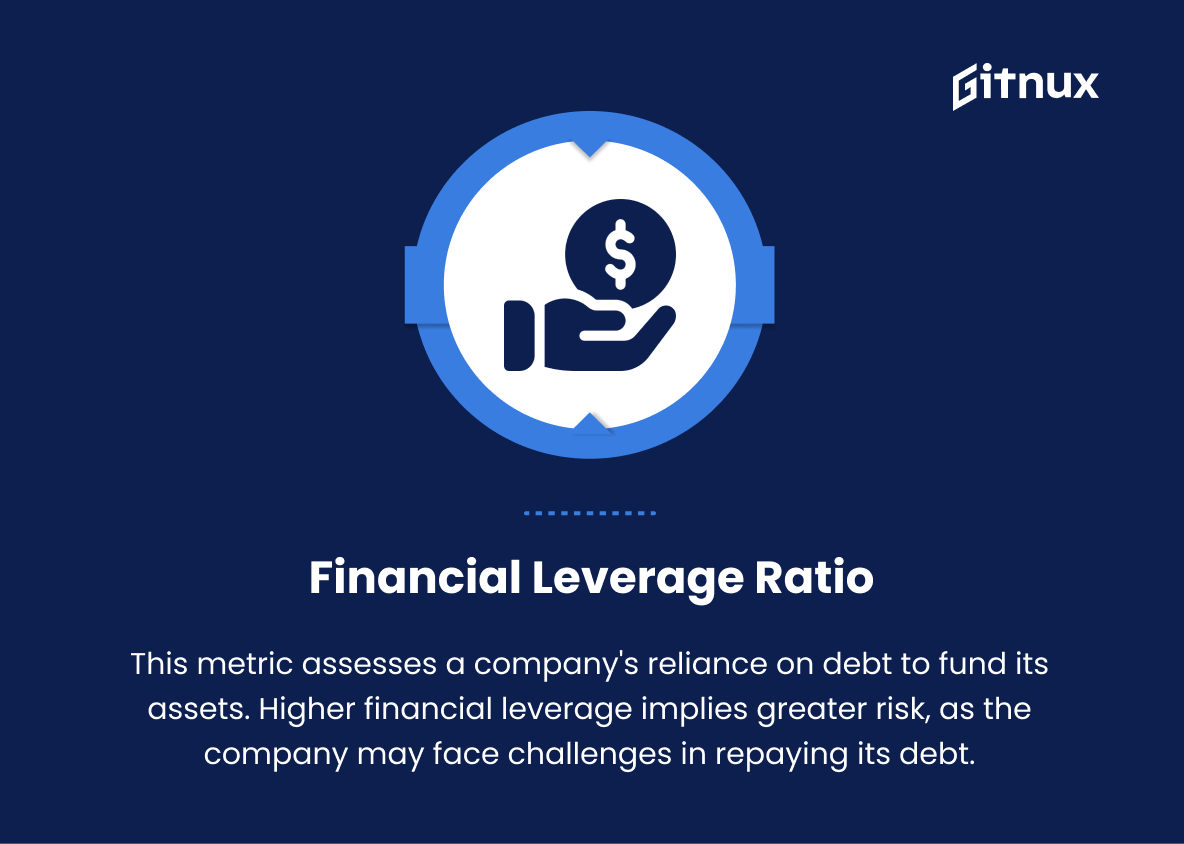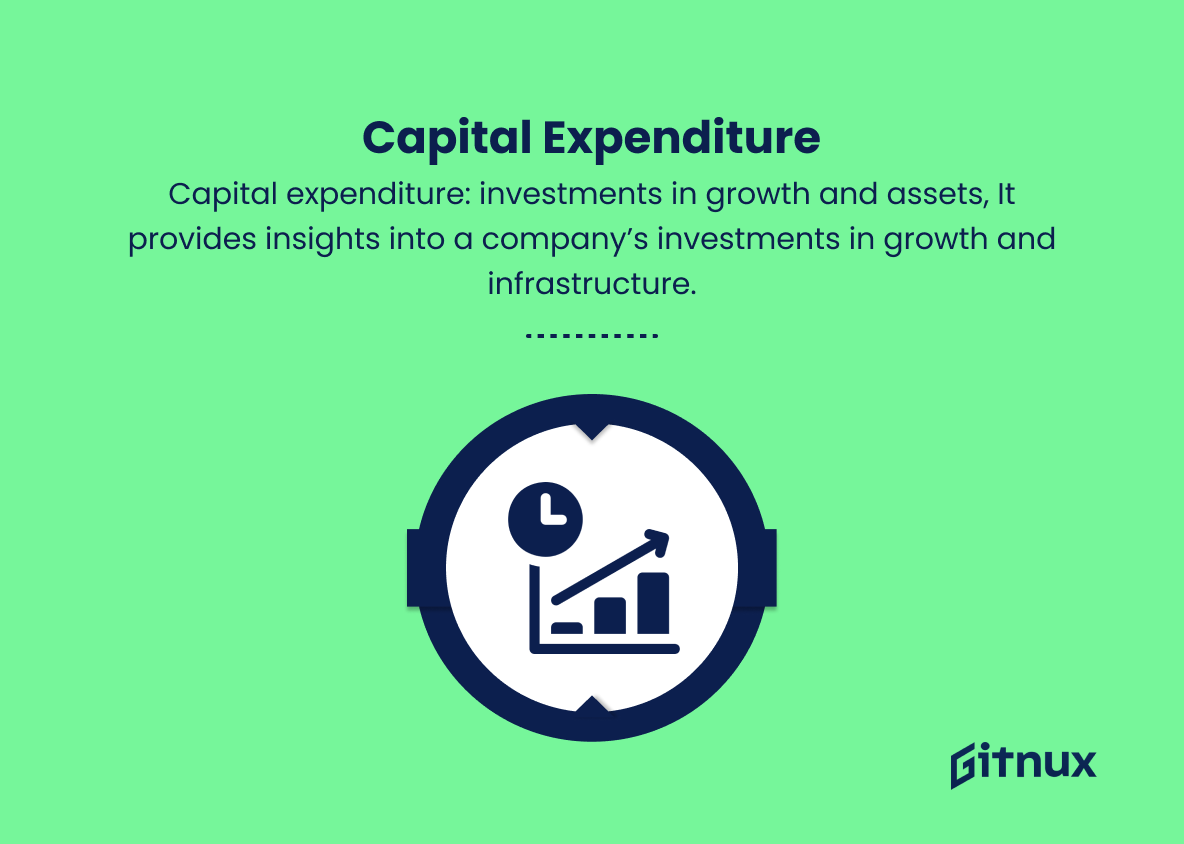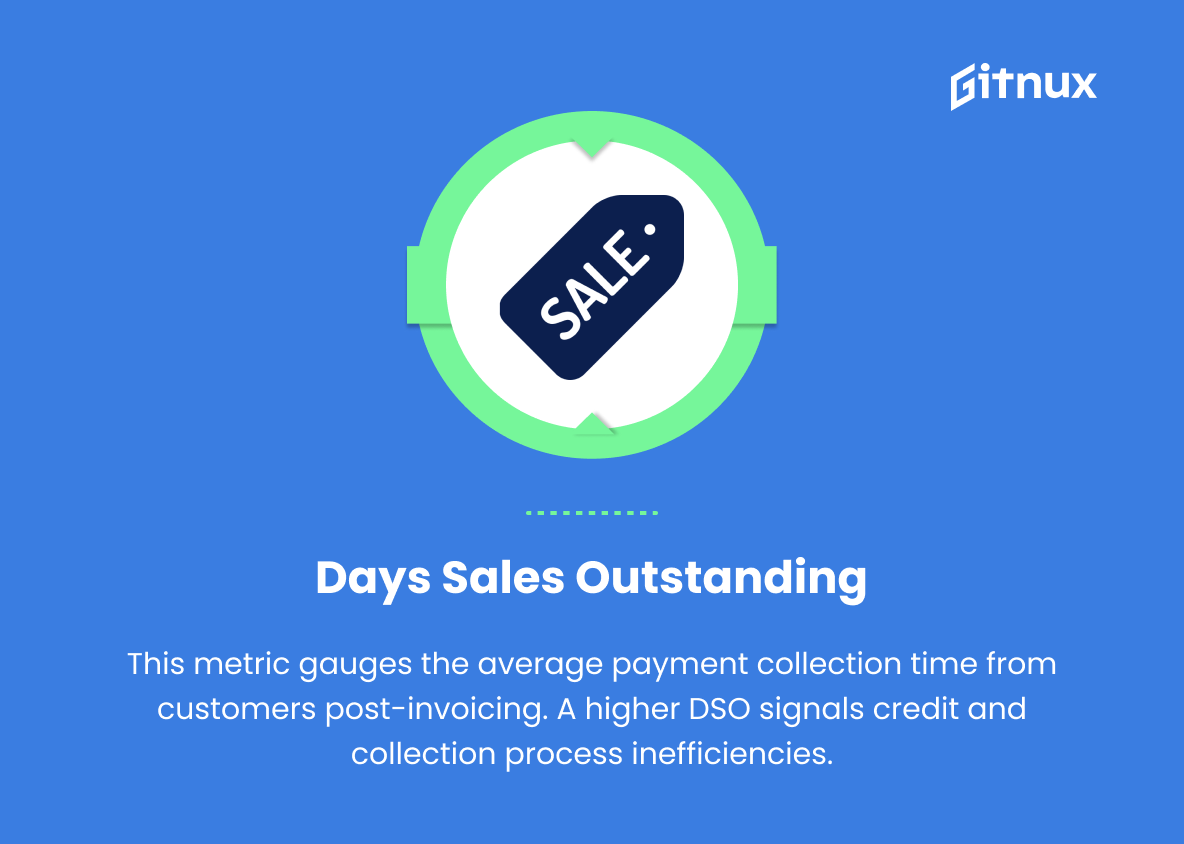In today’s data-driven business landscape, Chief Financial Officers (CFOs) are continually striving for optimal performance, exceptional management of financial risks, and informed decision making to ensure their organization’s sustained growth and success. As the finance function evolves, it is essential for CFOs to have their fingers on the pulse of the key metrics that will drive value creation and enhance financial outcomes. In this insightful blog post, we will delve into the critical CFO metrics that not only serve as vital performance indicators, but also empower CFOs to navigate the complexities of their roles and set their organizations up for a bright and prosperous future.
Cfo Metrics You Should Know
1. EBITDA (Earnings Before Interest, Taxes, Depreciation, and Amortization)
This metric gives insight into a company’s operational profitability by measuring earnings without considering the effects of financing, taxes, and non-cash expenses such as depreciation and amortization.
2. Net Income
This is the bottom line figure that represents the total revenue minus all expenses, taxes, and costs. It is an essential metric to understand the overall profitability of the company.
3. Operating Margin
This metric measures the proportion of a company’s revenue that remains after covering operating costs. It is an important indicator of a company’s efficiency and profitability.
4. Gross Margin
This metric reflects the percentage of total revenue that remains after accounting for costs of goods sold (COGS). It provides insights into a company’s ability to manage its direct costs efficiently.
5. Cash Flow
This metric measures the movement of cash in and out of a business during a specific period. Positive cash flow indicates that a company has adequate funds to cover its operating expenses, while negative cash flow implies a potential liquidity problem.
6. Working Capital
This metric represents the difference between a company’s current assets and current liabilities. It indicates a company’s short-term financial health and ability to meet its short-term obligations.
7. Debt-to-Equity Ratio
This metric compares a company’s total debt to its total equity, giving insights into how the company is financing its operations, and potential risks associated with high levels of debt.
8. Current Ratio
This metric measures a company’s ability to meet its short-term debt obligations by comparing current assets to current liabilities. A higher current ratio indicates greater liquidity and financial health.
9, Quick Ratio (Acid-Test Ratio)
This metric is similar to the current ratio but excludes inventory from current assets. It provides a more conservative view of a company’s short-term liquidity and ability to meet immediate obligations.
10. Return on Assets (ROA)
This metric measures the efficiency of a company’s asset utilization by dividing net income by total assets. It indicates how well a company is using its assets to generate profit.
11. Return on Equity (ROE)
This metric measures the profitability of a company relative to shareholder equity by dividing net income by total equity. It provides insights into the company’s ability to generate returns for its shareholders.
12. Return on Investment (ROI)
This metric calculates the percentage return on an investment by comparing the initial investment cost to the expected outcome (profits or losses). It helps evaluate the potential benefits of investment decisions.
13. Financial Leverage Ratio
This metric measures the extent to which a company is using debt to finance its assets. Higher financial leverage indicates increased risk, as the company may struggle to repay its debt obligations.
14. Capital Expenditure (CAPEX)
This metric represents the total amount spent on acquiring, upgrading, or maintaining physical assets like property, buildings, or equipment. It provides insights into a company’s investments in growth and infrastructure.
15. Days Sales Outstanding (DSO)
This metric measures the average number of days it takes for a company to collect payment from customers after invoicing. A higher DSO indicates inefficiencies in the company’s credit and collection processes.
Cfo Metrics Explained
CFO metrics are crucial for understanding a company’s financial performance and health. EBITDA, for example, offers insights into operational profitability by excluding financing, taxes, and non-cash items. Net Income shows the overall profitability, while Operating and Gross Margin give a clear picture of a company’s efficiency and cost management capabilities. Cash Flow and Working Capital highlight a company’s liquidity and short-term financial stability, whereas Debt-to-Equity, Current, and Quick Ratios emphasize the financing structure and risk levels. In terms of profitability and investment assessment, Return on Assets (ROA), Return on Equity (ROE), and Return on Investment (ROI) are essential to understanding how well a company is generating returns for its shareholders or investors.
The Financial Leverage Ratio indicates potential risks associated with the level of debt, while Capital Expenditure (CAPEX) provides insight into the company’s investments in growth and infrastructure. Lastly, Days Sales Outstanding (DSO) sheds light on the efficiency of a company’s credit and collection practices. Consequently, all these metrics allow a CFO to evaluate and make informed strategic financial decisions to ensure a company’s short- and long-term success.
Conclusion
In conclusion, CFO Metrics are essential for driving the financial success of any organization. By carefully analyzing and assessing these key performance indicators, CFOs and other financial leaders can make informed decisions, optimize resource allocation, and align the company’s financial strategy with its overarching business goals. Furthermore, the use of such metrics enables deep insights into the overall financial health of the organization, giving stakeholders a clear understanding of the financial performance and enabling them to make suggestions for improvement. Ultimately, by prioritizing and focusing on CFO Metrics, businesses can more effectively navigate the complex financial landscape and create strong foundations for sustainable growth and profitability.
